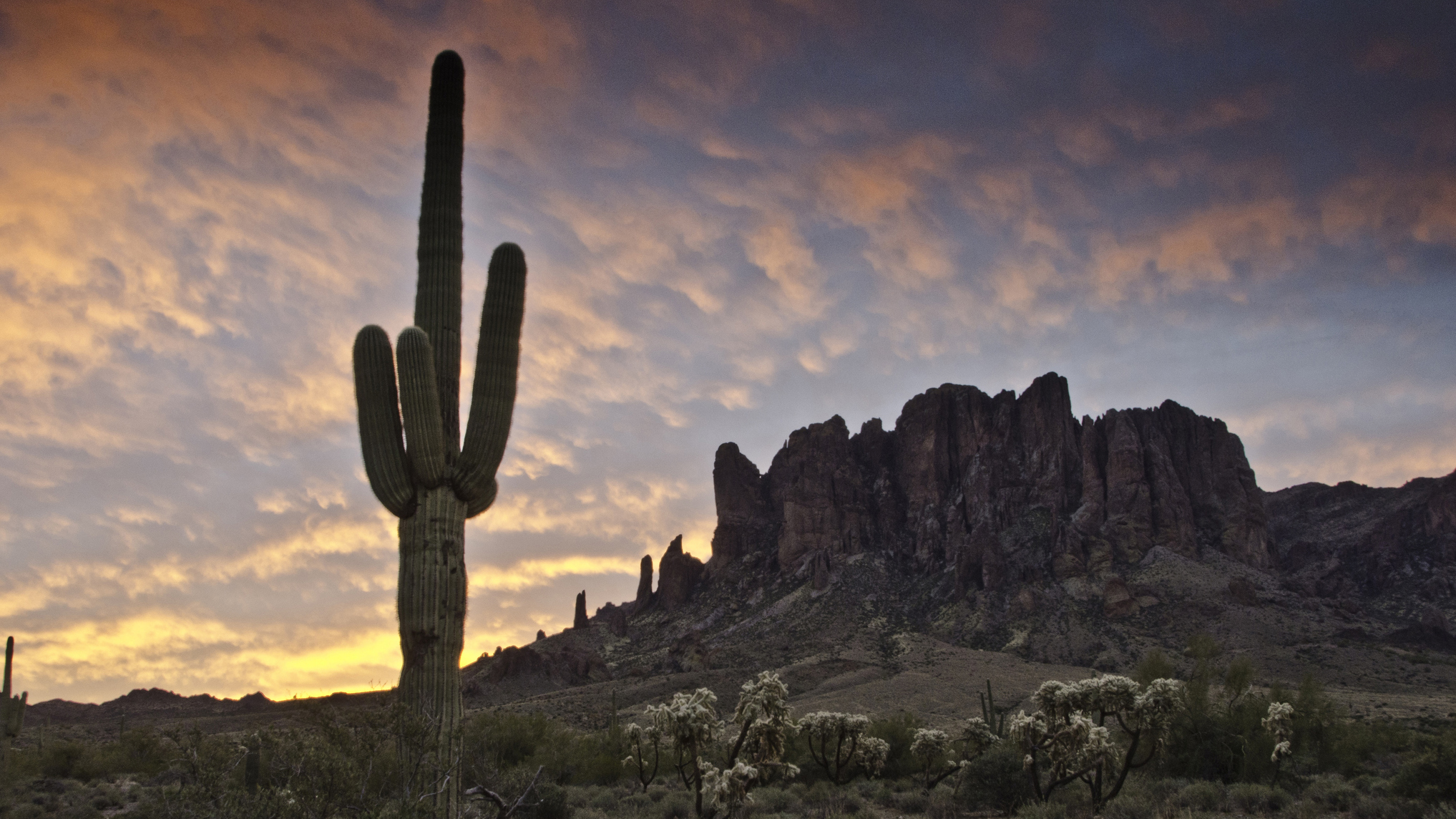22 things I wish I'd known before my first mountain marathon race
Fiona Russell reveals the lessons she learned as a novice taking part in a mountain marathon event
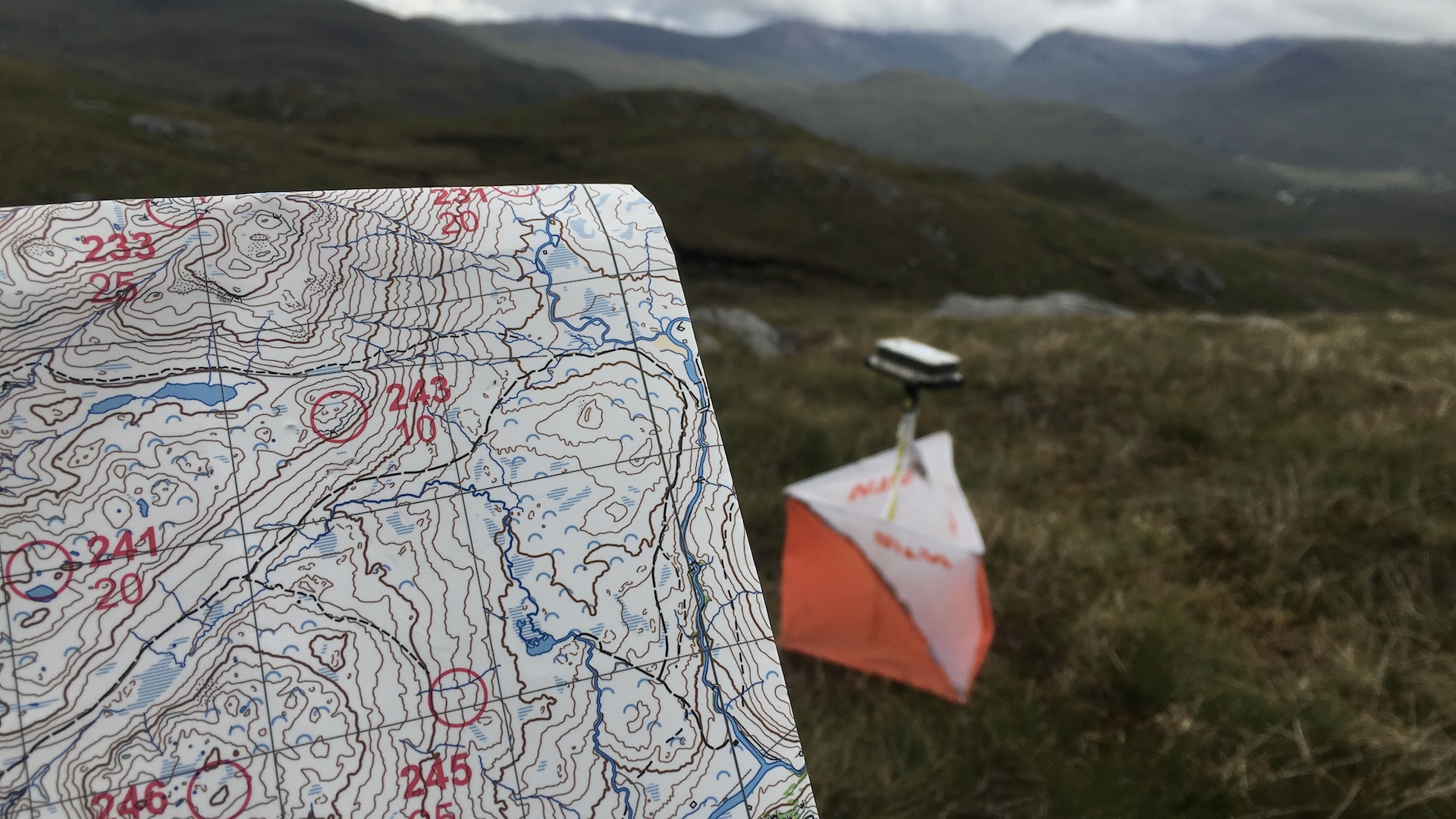
A mountain marathon is a bit different from what you might imagine – although it’s a great way to combine trail running and hiking into one event. The format of the race is usually based on fell running and takes place over two or more days.
As well as running, there is a strong orienteering element because competitors score points for reaching different checkpoints. It is also a type of race mainly held in the UK.
You can choose to compete in pairs or solos, depending on the race, and for traditional races participants must carry their own kit for full self-sufficiency.
There is a range of competition courses, including linear and “score”, and from novice distance to elite, with a set time or distance for each day of racing. Classes are usually male, female and mixed.
There are now some mountain marathon races that are shorter and also some races where you do not need to carry all your own kit, but for the purposes of this article we are talking about more traditional mountain marathons, such as the OMM (the Original Mountain Marathon).
Here are 22 things to know about your first mountain marathon race.
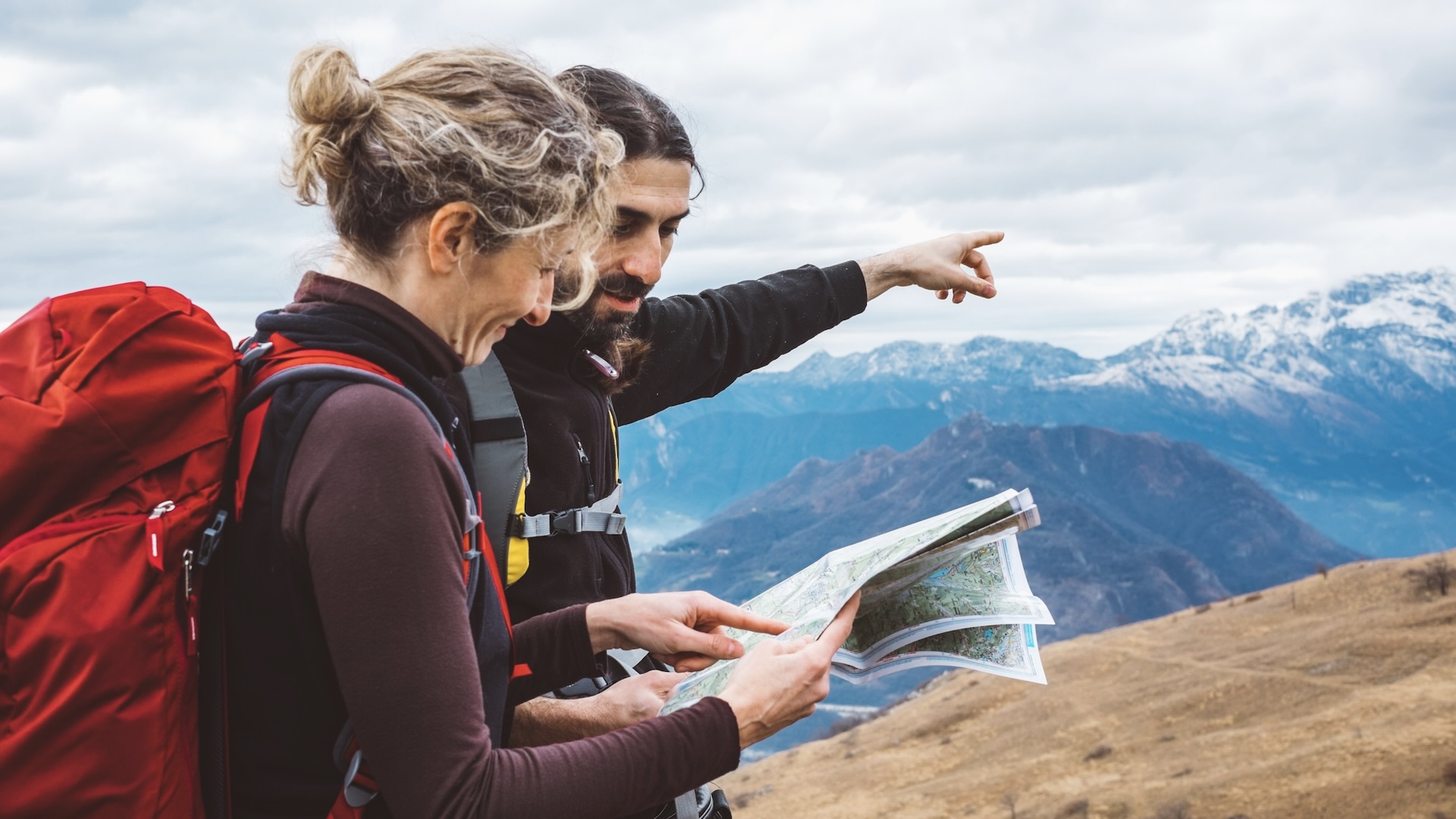
1 The word “marathon” is a bit misleading
While there are plenty of marathons that take place in the mountains, these are usually defined by the marathon distance of 26.2 miles. Most 26.2-mile marathons in the mountains are on paths and trails.
Advnture Newsletter
All the latest inspiration, tips and guides to help you plan your next Advnture!
However, a mountain marathon race is different. It might be a marathon distance but it could also be shorter or longer. This is not a race that is set at 26.2 miles but rather than word “marathon” refers to an activity that takes a long time.
In my first mountain marathon I ended up completing more than 26 miles on both days, while in my second mountain marathon I completed 20 miles on day one and less on day two. Distance depends on the course you have signed up for and your choice of route between the checkpoints.
There is usually a lot of ascent and descent during a mountain marathon because the event calls for you to reach checkpoints at altitude, as well as others in valleys and glens.
No one mountain marathon is the same as another and even if they are the same event – such as the Saunders Lakeland Mountain Marathon and Mourne Mountain Marathon – the distances, challenges and even the locations will differ year to year.
2 Enter the right “course”
Within most mountain marathon events there will be a score and a linear course. A score course requires you to choose the checkpoints (CPs) you will reach and in your own order. There will be more points scored for CPs that are trickier to get to, whether that is because they are further from the start or overnight camps, or harder to find.
A linear course calls for competitors to reach CPs in a set order. You still need to navigate to find the CPs but you don’t need to make so many decisions about which ones to go to. This type of course is usually based on speed, rather than speed and tactical ability.
As a newcomer, the linear course can be a good choice because it makes the race a bit easier. An alternative is to choose a score category that is over a shorter distance or a reduced time period.
In my first mountain marathon, I was too ambitious and entered a score category that was aimed at competitors who had already completed a few of these events. In my second mountain marathon I learned from my error and chose the linear course.

3 Choose your partner carefully
You could do a solo mountain marathon but when you are new to these events it’s a good idea to work as part of a pair. You will have the advantage of shared knowledge and decision-making.
But you really should be sure that you are well matched to your partner. As well a being a similar pace, it is important that you can get along with your team-mate for the duration of the race.
There can be stressful times, especially when you can’t find a checkpoint or you are cold, tired or hungry (or all three) and if you are at odds with your partner you will not have a great time.
I learned all this to my cost in my first mountain marathon when I found myself constantly disagreeing with my partner’s choice of route and CPs. In my second mountain marathon, I worked well with a friend who was happy to discuss each CP choice and route. We also agreed to enjoy the race rather than be highly competitive and this meant we had two great days of adventure together.
4 The location is often a secret
Most mountain marathons will offer information about the general area or region for the race but no specifics are given until closer to the event. This means you need to be flexible and adaptable when it comes to travel and expectations.
Make sure you enter an event that is reasonably close to where you live, and be prepared to travel to an unknown location. This adds to the excitement of a mountain marathon for many people and it stops people having an unfair advantage by visiting or studying the map of where the race will take place.
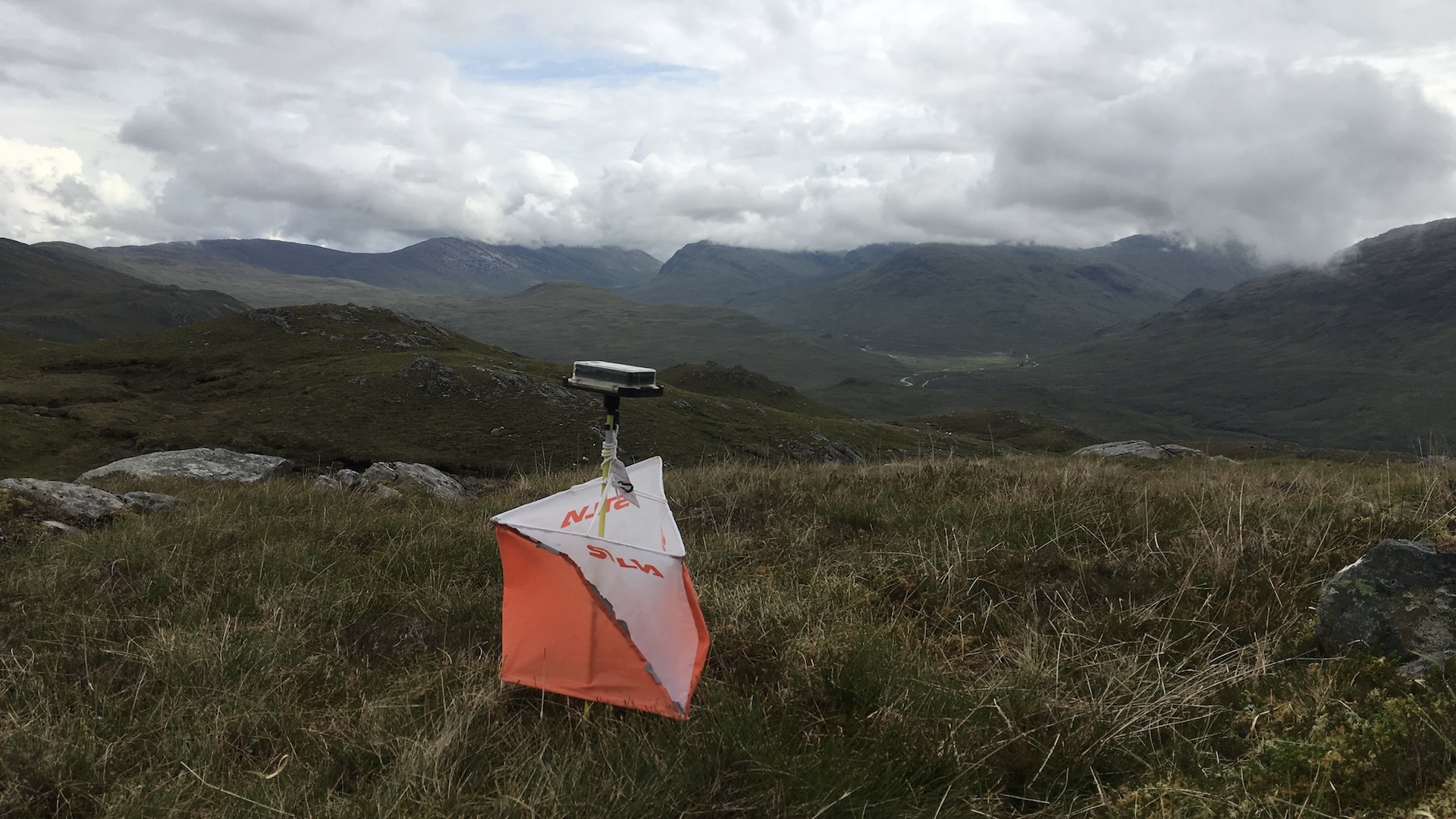
5 Paths are not the norm
Mountain marathons usually require you to run and hike on rough terrain. There might be some tracks and paths to follow but, generally, these events are across fells and mountains on rugged ground.
I quickly realised that it would have been a good idea to spend more time before the mountain marathon becoming familiar with moving at a fast pace over thick vegetation, uneven ground and bog.
These are often tough events on the body and a mile on this sort of terrain will feel like you have covered several miles on a track. I wish I’d spent more time off-path, moving at speed, during the build up to my first mountain marathon.
6 You need to be really good at navigation
Before my first mountain marathon I would have described myself as “not bad” at navigation. By the time I entered my second mountain marathon, I was a much more experienced and efficient navigator in the hills and mountains and could more easily read the map.
As a novice, I underestimated how important the orienteering aspect was in these races.
There are novice-entry levels in most mountain marathons and it is probably a good idea to start with these if you are not sure how good you are at navigating. The race is meant to be enjoyed rather than leaving you feeling hopeless, so I recommend you choose your course carefully – and you also practice your navigation in the hills and mountains beforehand.
It’s also worth noting that GPS devices and phone apps are not allowed so you do need to be able to use a map and compass.
7 There are people who can run and read a map and compass
In my first mountain marathon, I was amazed to see people running and checking their map and compass at the same time. It’s not easy to keep to a compass bearing while moving at speed but these competitors had obviously done it before.
I have never managed to be able to do this efficiently and so I usually have to stop to check the map, set my compass bearing, head off and then stop again a while later.
I don’t think my poor eyesight helps with this useful mountain marathon technique.
8 Learn when to a contour
Contouring is when you follow the same contour line, or roughly level piece of land for a distance. The opposite is to head up or downhill gaining or losing height and therefore crossing the contour lines on a map.
It’s a skill of the best mountain marathon racers to know when to stick to a contour and head around or along a mountain slope or through a glen – and when to go up or down a slope.
I fell out with my partner in my first mountain marathon because he preferred to take the longer route contouring a mountain side, when I wanted to head uphill and to a high point and over the other side of the mountain.
9 Don't follow other competitors
Yes, these competitors might know what they are doing – and better than you – but they might also be going in the wrong direction. They might be heading for a CP that you have not spotted or be part of a different course, so you should always stick to your own navigation.
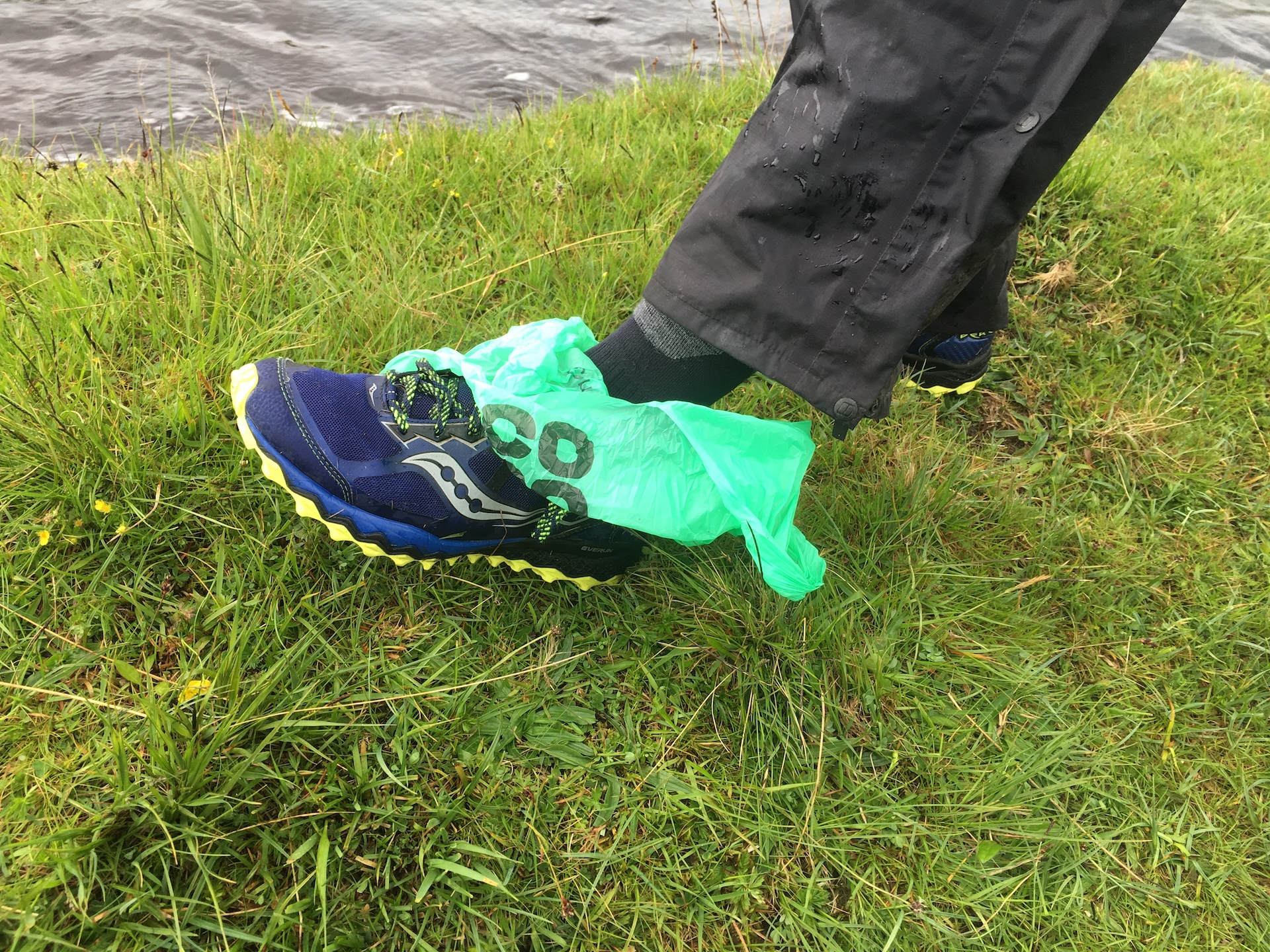
10 Hike the hills
Mountain marathons are usually endurance events and only the fittest competitors will be able to run all the time. The best technique is to briskly walk the uphills and then run the downhills and the flatter sections.
Many people swear by this method and unless you are in Kilian Jornet’s league, it’s likely you will want a steadier pace to allow you to reach the end of each day.
11 Lightweight packing is a skill
Looking around at other competitors in my first mountain marathon race, I was amazed by how little they seemed to be carrying. Their running packs looked tiny, while mine seemed to be five times the size (and presumably much heavier).
Obviously, it is easy to run and compete when you are carrying a lighter pack but you also need to ensure you will be safe, warm, dry and adequately hydrated and fuelled.
Most races will have an essential kit list and you can find – and buy – the lightest products such as a lightweight waterproof running jacket, waterproof trousers, insulated jacket and sleeping bag. However, there is a cost to this (many ultra lightweight products actually cost more than heavier products) and some items might not perform as well as you would hope.
For example, a very lightweight sleeping bag will feel great in your pack but if it’s a cold night you will not sleep due to shivering.
In my first mountain marathon I borrowed some really lightweight kit. This included a small piece of sleeping mat (rather than full length sleeping mat or inflatable mat), a sleeping bag with insulation only on one side and a very lightweight insulted jacket. Night-time temperatures fell to below 32°F / 0°C and I ended up very cold.
In my next mountain marathon I chose to take warmer – and heavier kit – because I wanted to be sure I would sleep and enjoy the event rather than endure it.
There is a personal balance to be had in what kit you pack and whether you stay warm and dry.
12 Women sleep colder than men on average
I get cold at night in a tent but I forgot about this when trying to pare down my kit for my first mountain marathon. Many women are cold sleepers so it’s important to remember this, otherwise you may be miserable.
Choose a lightweight but still warm enough sleeping bag and pay as much as you can afford for this. It is a good idea to check out sleeping bag reviews before you buy.
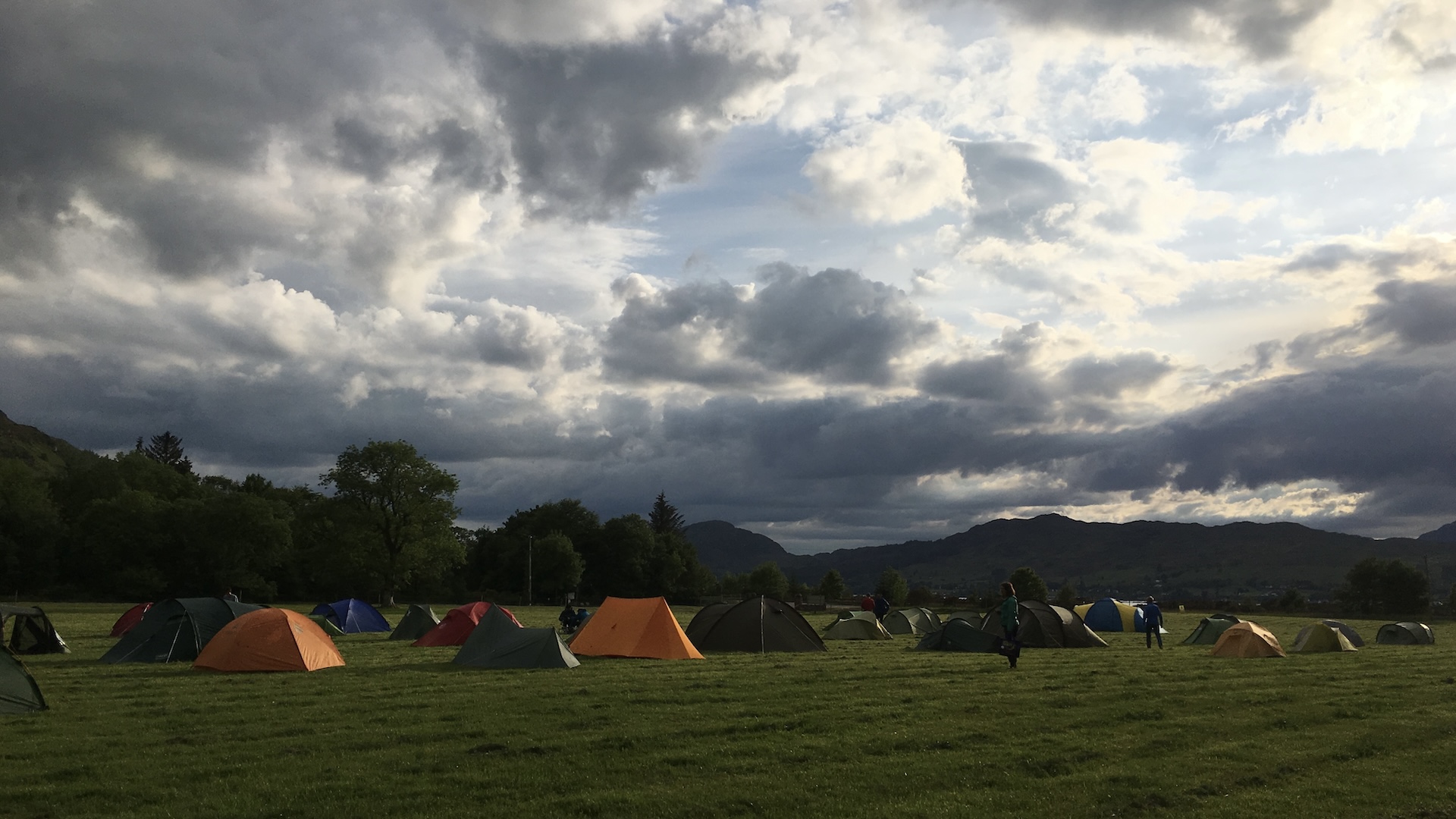
13 Take the right socks for nights
Socks that fit too tightly can actually leave you with cold feet because they do not allow your blood to circulate properly. A pair of loose fitting but woolly socks will do a great job. Alternatively you should choose a sleeping bag with extra insulation at the toes, or pack down-filled camp boots.
14 Don’t forget a power bank
While you are not allowed to use GPS mapping during most mountain marathons the chances are you will still want to use your phone before and after the race each day and night. Many mobile phones lose charge during one day so a power bank will be a great asset.
15 No one cares if you smell a bit
It’s unlikely you will take a full change of clothes with you and over two days of racing they can become a bit whiffy. But everyone is in the same boat so you shouldn’t worry. You could always choose to wear natural wool baselayers such as merino, which are less likely to smell due to body odour.
I packed far too many clothes in my first mountain marathon. In my second race I did take a few extra garments such as dry socks, a fresh baselayer t-shirt and running tights. The tights weren’t needed in the day but it was great to pop them on at the overnight camp and then sleep in them.
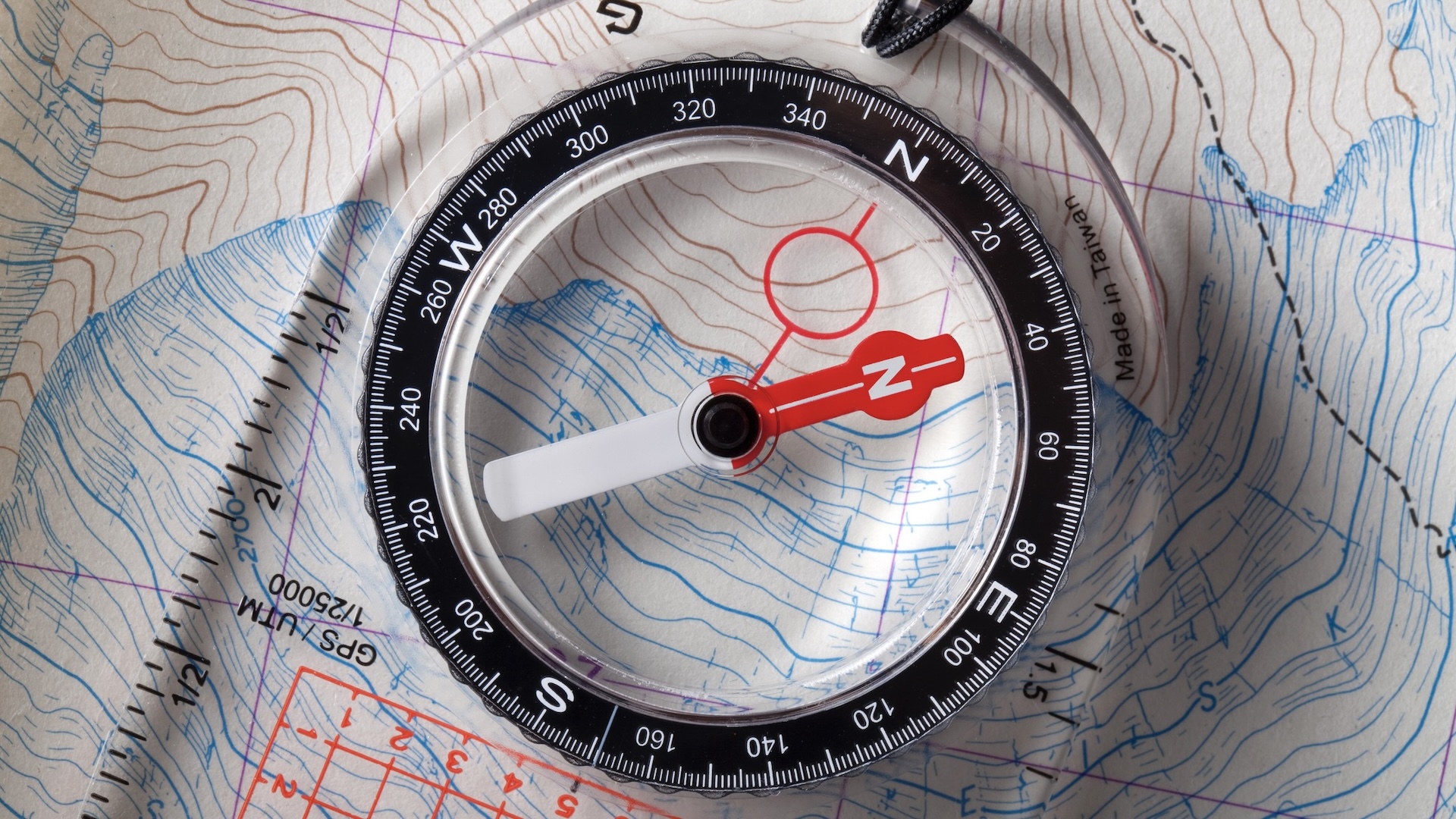
16 Two supermarket plastic bags are a top tip
I saw people using supermarket plastic bags over their dry socks and inside wet shoes in my first mountain marathon and I did the same in my second event of this type.
The chances are your shoes will end up damp or wet. If you change your socks at the overnight camp, you don’t want to put them into wet shoes so during that time the plastic bags provide a waterproof layer.
17 Share a tent if you can
Most pairs in mountain races will share a tent. There is an advantage to this because you split the weight of the tent between you and you will stay warmer lying next to someone else at night.
18 Sleeping solo is also allowed
Not every pair wants to share a tent and, while you will then need to carry your own tent and put up with the extra weight, there is the benefit of having a night without the snoring and movement of your fellow competitor.
19 Don’t forget ear plugs
Whether you share a tent, or not, camps can be very noisy and full of snoring so a pair of ear plugs is a great idea.
20 Don’t forget a tick remover
The natural environment of mountain marathons means tick bites are likely. Ticks can be carriers of Lyme Disease, with a potential range of poor health outcomes. Many mountain marathon competitors wear long running tights or they make sure they check their body all. Over and remove any ticks with a proper tick removing device.
21 Don’t forget a few treats
The weight of your race pack is very important but so is your enjoyment of the event. You should pack all the food and water you need and then add a couple of treats for the overnight camp. For some people this might be cheese and biscuits or a bar of chocolate. For others it could be a wee dram of whisky.
Watching other people enjoy their camp treats while you have only a couple of packets of dehydrated food is a lesson I learned to my disadvantage in my first mountain marathon.
22 There are race penalties
If you finish outside the set time of your mountain marathon course you will be penalised. These penalties can be quite hefty and it is usually worth finishing early rather than late. If you are getting close to the end of the day and you are wondering whether you have time to reach another CP, the answer is probably “no” or “risky”.
The more experience you have at reading a map and working out where the CPs are, as well as the type of terrain to cross, the better you will be at making judgements towards the end of a mountain marathon. But in your first event, it’s probably better to play it safe.
This I definitely found out in my first mountain marathon when my partner and I lost several placings in our category after being penalised for being 15 minutes late over the finish time.
I learned this lesson and made sure to finish in time in my second mountain marathon.

Fiona Russell is a widely published adventure journalist and blogger, better known as Fiona Outdoors. She is based in Scotland and is an all-round outdoors enthusiast with favorite activities including trail running, mountain walking, mountain biking, road cycling, triathlon and skiing (both downhill and backcountry). Aside from her own adventures, Fiona's biggest aim is to inspire others to enjoy getting outside and exploring, especially through her writing. She is also rarely seen without a running skort! Find out more at Fiona Outdoors.
